Euthanasia is being practised at an ever-increasing rate in Belgium: as many as 2 thousand cases a year, amounting to 2% of all deaths. A consistent number of Belgian citizens have requested euthanasia for reasons linked to depression (65 a year), while the number of people who underwent “mercy killing” has doubled in the years 2008-2013. Moreover, the media have reported rather unexpected cases, such as euthanasia practised on patients with incipient blindness, early stage Alzheimer’s disease, people tired of living, offenders of sexual crimes, persons suffering from old age and loneliness. “Euthanasia is rapidly becoming a form of death like any other”, remarked Professor Benoît Beuselinck, Oncologist at the University of Leuven. The experience of Belgium – he said – clearly demonstrates the theory of the ‘slippery slope’: it starts as soon as we remove the barrier stating that doctors cannot kill his patient directly or as a result of a voluntary act.”
In you opinion based on your experience as an oncologist, in which direction has euthanasia evolved?
We said since the beginning that it would have been very hard – if not impossible – to set clear limits to the practice of euthanasia. It’s impossible to define in clear, unequivocal terms, in a law or in a directive, the exact circumstances in which a patient can recur to euthanasia.
Since the beginning we feared that once the door of euthanasia was open to “rare and extreme cases of pain, that were hard to control in the terminal stages”, it would have been extremely difficult to set limits to this practice.
What have been the consequences on people’s lives?
I had been treating an 85-year-old man, suffering from prostate cancer. This person was a widower and there was no other active treatment that would work for him. He also began to grow increasingly weak, to the point that he could no longer live alone at home. He was admitted to a palliative care service, it seemed an appropriate solution. However, this person categorically refused to be admitted to the palliative care unit, because – as he put it – “he was Catholic and would not be euthanized.”
Palliative treatment. Why is it no longer a credible option?
The promoters of the law made many attempts to include euthanasia among the palliative treatments, presenting it as “an additional opportunity.” Now this is causing serious problems. In the palliative care unit of a large Flemish city, the Chief Physician decided that any patient could file a request to undergo euthanasia (as provided for by the law). More and more people turned to the unit to be euthanized. Suddenly the role of the “treatment” teams was reduced to accommodating candidates for euthanasia, organizing ceremonies to comfort the family, witnessing the death of the patient, and then preparing the room for the next patient. Nurses and psychologists soon stopped carrying out the jobs they had chosen as their profession, and after a few weeks the staff of the palliative treatment unit was reduced by 50%.
What is the difference between euthanasia and palliative sedation?
Indeed, it ended up confusing many people, including Catholics. The difference between euthanasia and palliative sedation is very clear. Palliative sedation is applied (or at least it should be) in case of refractory symptoms related to end-of-life such as pain, anxiety, suffocation or terminal anguish. The objective of sedation is to relieve these symptoms, not to kill directly. In the case of direct euthanasia, however, intention and proportionality are different, as the intention is to induce death. The “medical treatment” is applied in overdosage.
It’s extremely important to precisely define palliative sedation and distinguish it from euthanasia, as palliative sedation is the best available option to avoid euthanasia.
Is there an answer to pain and a reason for death?
This question is rooted in spiritual and theological grounds, and I’m not the right person for an answer. At the terminal phase the body’s physiological processes are significantly upset and this can induce what is described as terminal anxiety. My question is: is euthanasia a solution when death causes so much anguish? Clinical experience shows that it isn’t. When patients decide to resort to euthanasia, and find “the right moment” to do so, their worries increase. Requests for euthanasia have also put families under pressure, causing divisions on this theme… A nurse at the head of a palliative treatment unit told me that none of the dozens of cases of patients who resorted to euthanasia he witnessed died peacefully. It’s not easy to “give meaning to suffering.”
But our experience shows that most patients manage to give “a meaning to life in spite of their suffering.” Families, friends and accompaniers can help patients along this path.








